1,570 days, 2,407 entries ...
Newsticker, link list, time machine: HOLO.mg/stream logs emerging trajectories in art, science, technology, and culture––every day
January 2020
Thanks to a grant from the American Council on Library and Information Resources (CLIR), the Asheville Art Museum will digitize more than 1,600 materials from its Black Mountain College Collection, giving the public access to previously unseen archival documents, literature, and works of art. Active from 1933 to 1957, the legendary experimental art school in North Carolina attracted and inspired artists like Anni Albers, Ruth Asawa, John Cage, and Willem de Kooning.
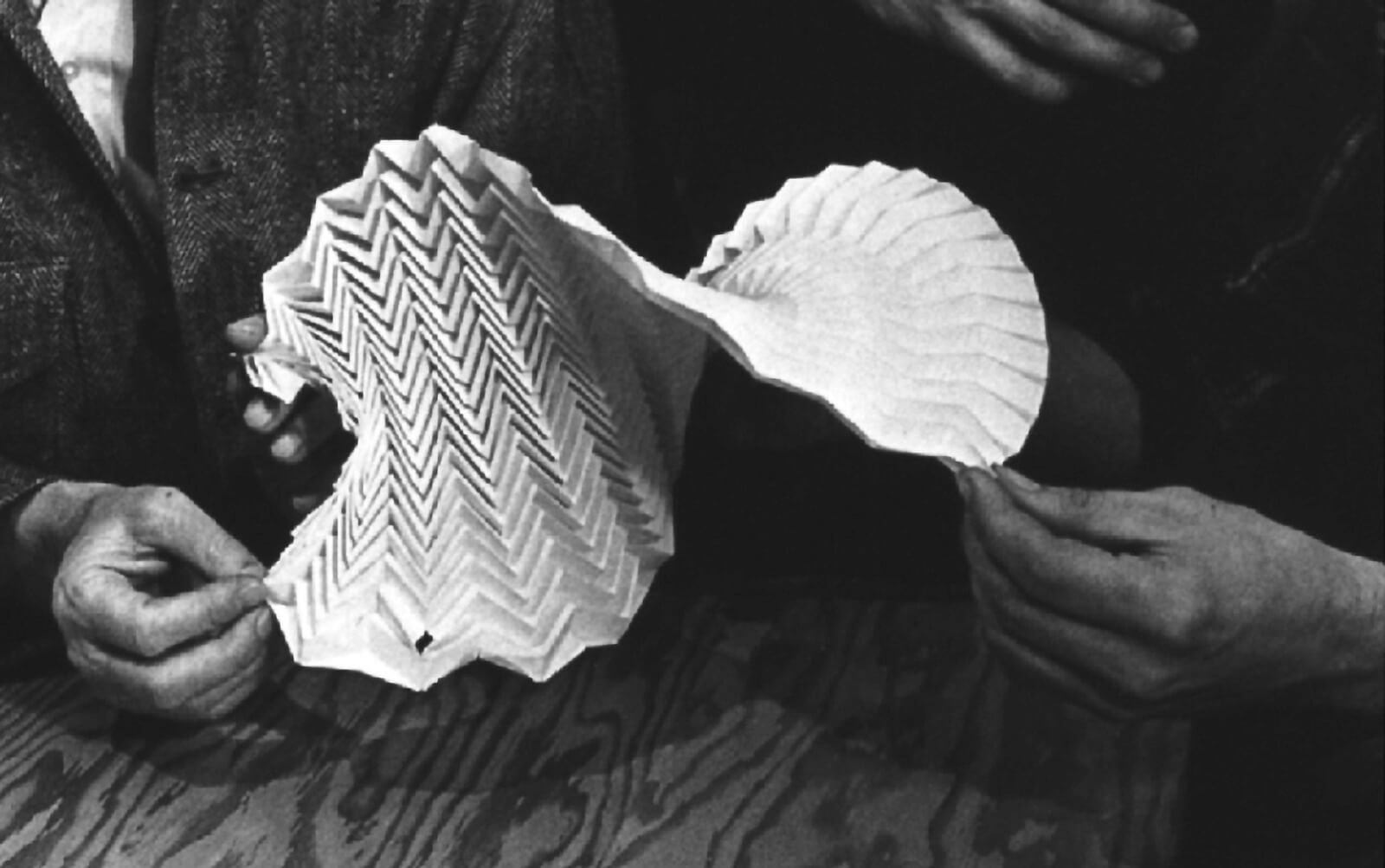
“The Dead Web—The End” opens at the Ludwig Múzeum in Budapest, bleakly imagining the digital detritus after the internet’s collapse. Curators Nathalie Bachand and Béla Tamás Kónya expand on previous iterations of the show with early web-based artworks from the C3 Foundation archive, and new Hungarian contributions from an open call. Brigitta Zics’ Semiosphere (2020, image), for example, teleports vistors into a “busy waiting room” filled with post-collapse chatter.

Barbara London
Video/Art: The First Fifty Years
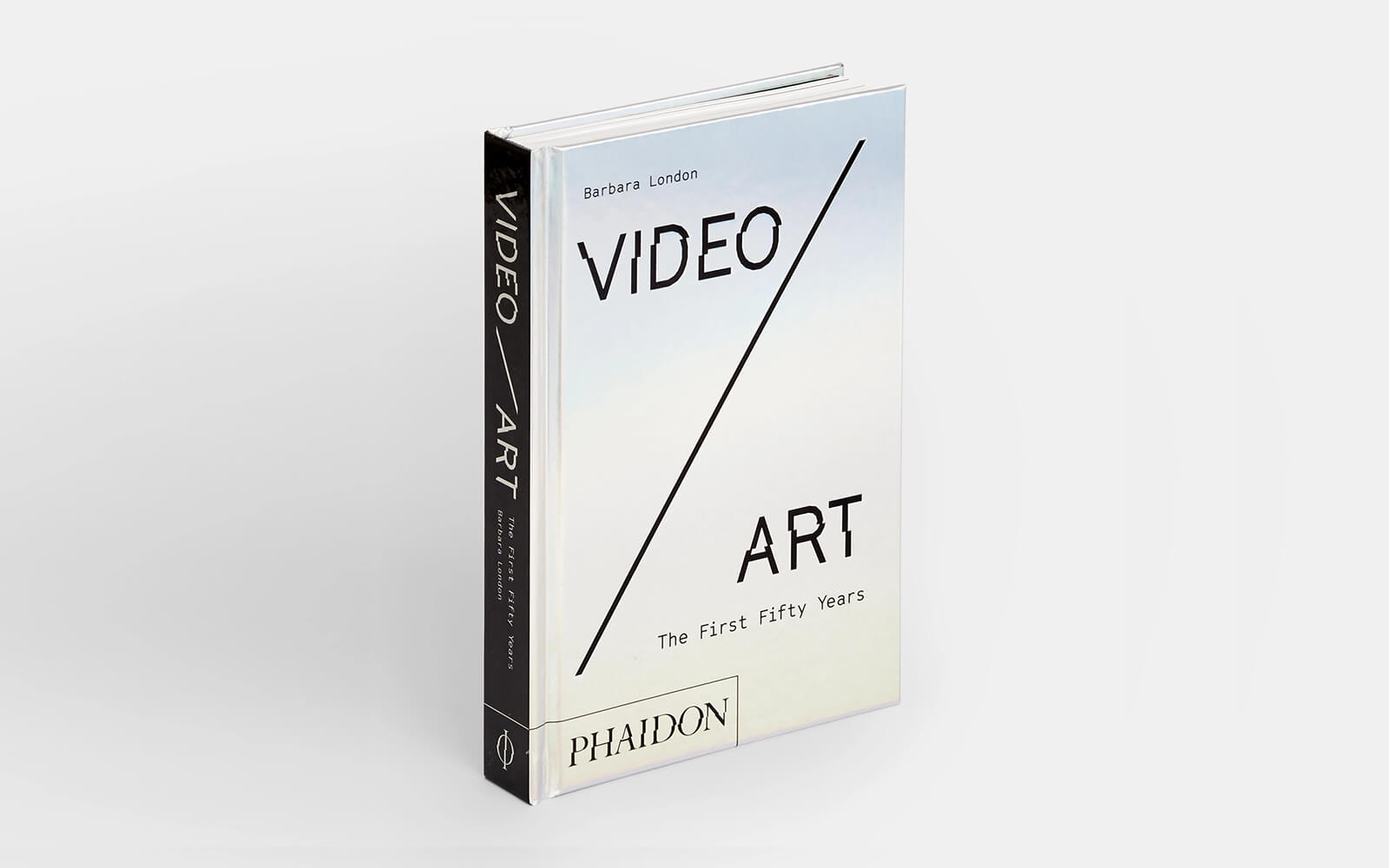
“Artists are busy! They are working multiple jobs, side hustles, coordinating festivals, labs, writing research papers, applying for residencies, driving Uber. Meaning they have less time to work on solving these problems than being oppressed by them. They need our help!”
A dozen artists, designers, and cultural producers including Suzanne Kite, Tim Maughan, and Kofi Oduro converge in Ottawa to kick off Artengine‘s Digital Economies Lab (DEL). At the weekend workshop, hosted by Jeremy Bailey, invited participants begin their “year-long exploration of the wonders and anguish of making art and culture in the twenty-first century.” The goal: prototyping more sustainable, resilient, and equitable financial futures for creatives.
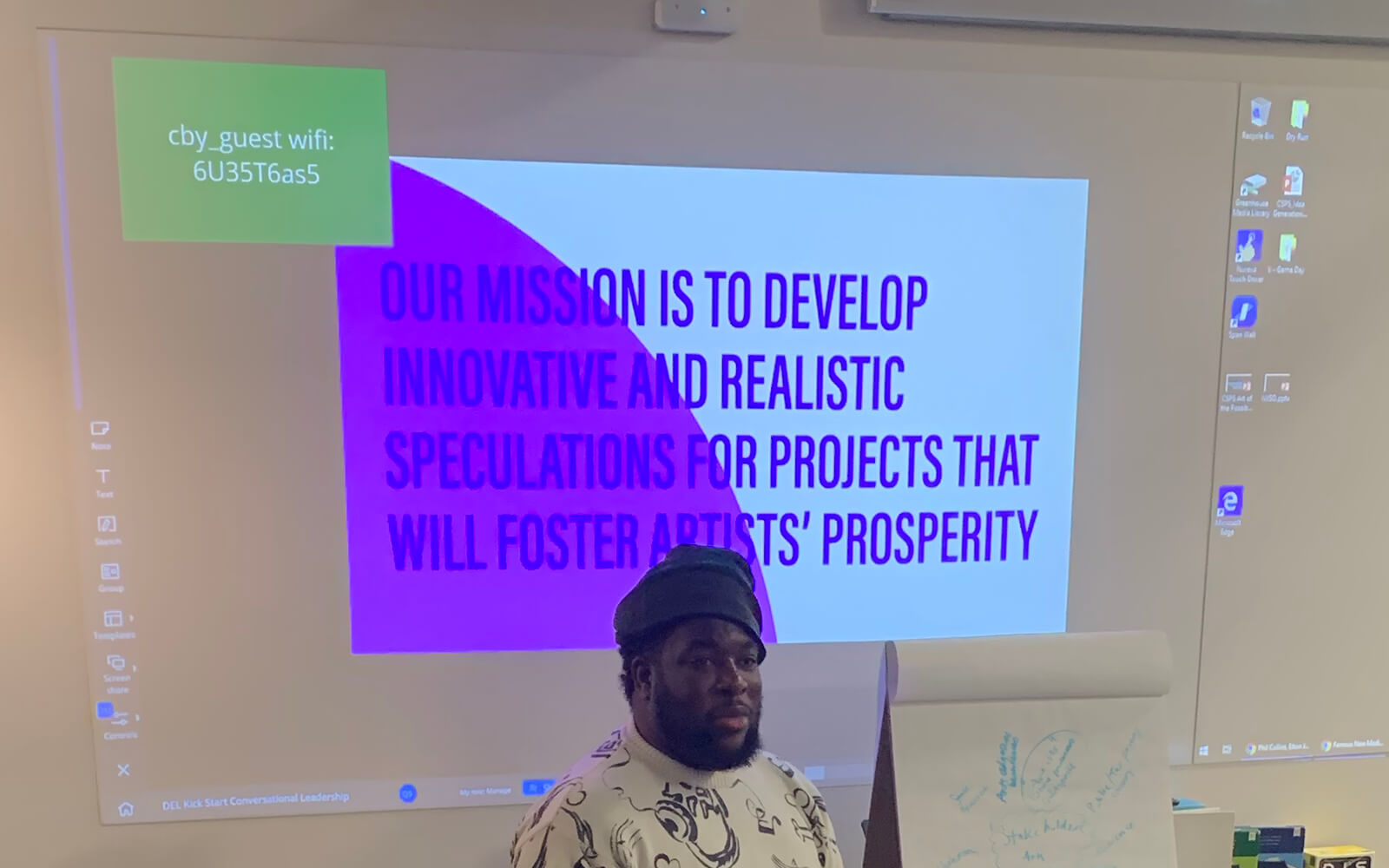
Raphaël Bastide’s URL installation otherti.me (2019) shows at the transmediale Vorspiel opening at Acud Macht Neu, Berlin at the invitation of panke.gallery. The work, presented as a URL mural, invites viewers to explore a corpus of 30 online works Bastide made over 30 consecutive days, starting on November 16, 2019. Drawing inspiration from daily life, the French artist’s online experiments include emoji clocks, Wikipedia modifications, animated GIFs, and HTML hacks.

Using the world’s fourth most powerful supercomputer, Tianhe II (image), a team of China-based researchers mined a database of 11,000 marine fossil species in search of undetected extinct species. In their paper, they show how machine learning helped analyze the large marine Paleozoic dataset, creating a record with time intervals of only ∼26,000 years—a fine-scale resolution of the fossil record that is typically marred by large temporal jumps, millions of years wide.
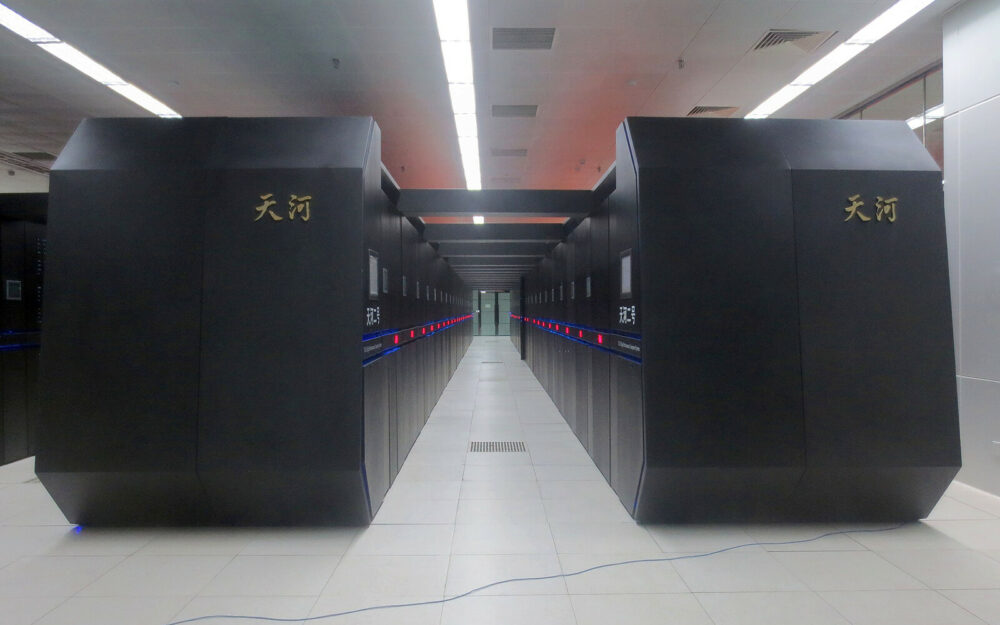
“It’s the kind of education I would love to have had—a gentle and metaphorical approach to dealing with ourselves by putting the focus on something much easier to deal with— technology.”
“The operating system of Code Societies is to code the society that you want to live in … and so we keep an empty seat—a space someone can inhabit—a chair for those that are doing the work now.”
“Research by the thinktank RethinkX suggests that proteins from precision fermentation will be around 10 times cheaper than animal protein by 2035. The result, it says, will be the near-complete collapse of the livestock industry.”
Realtime: Making Digital China
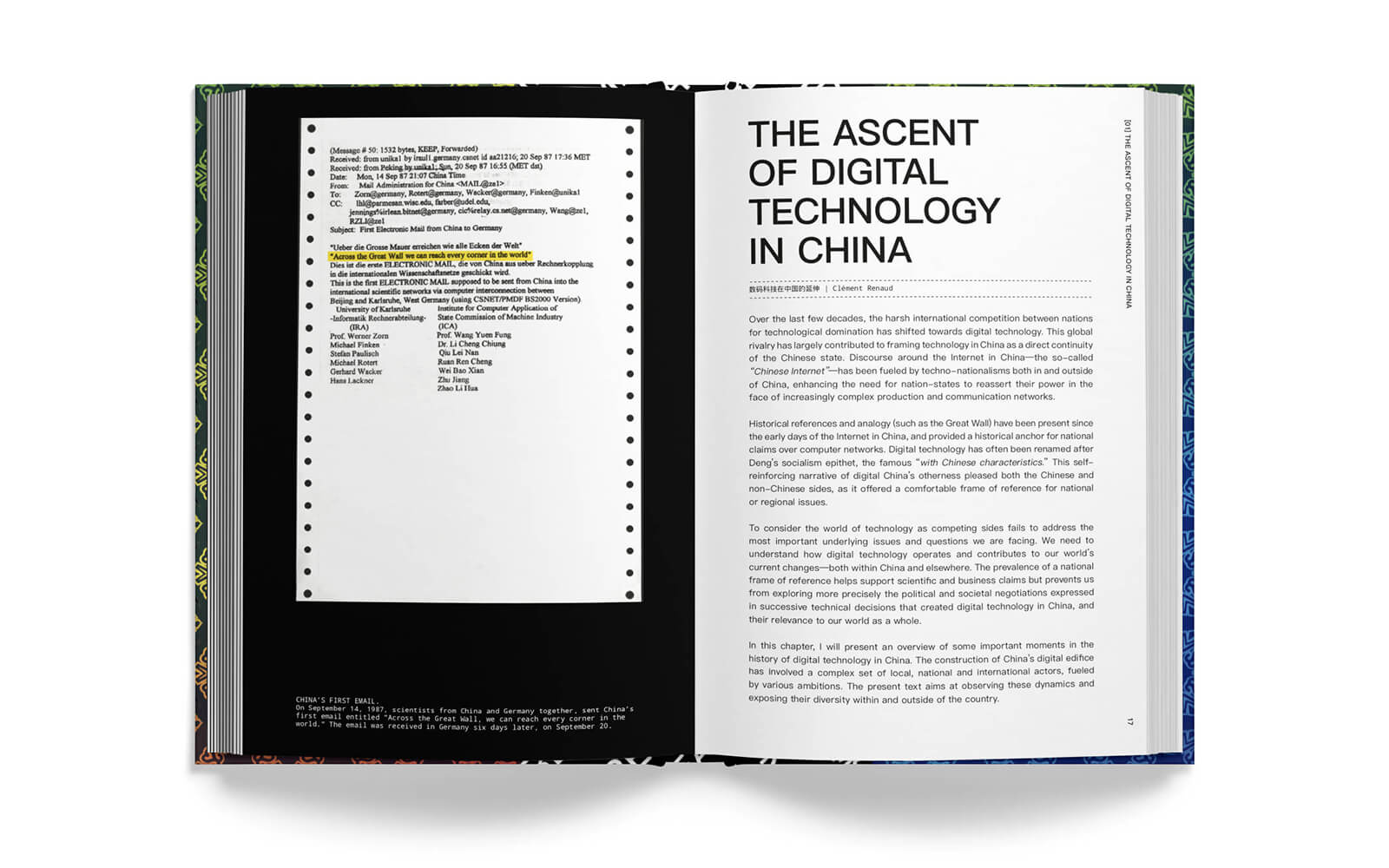
“What if we had nationalized fossil fuel companies and started transforming them to be carbon storage companies whose function is not to produce more fossil fuels, but to put carbon back underground?”
As hundreds of thousands of hectares of Australian bush burn in wildfires, the city Penrith records a searing high of 48.9°C—toppling an eight decade old temperature record and making it the hottest place on earth. “Many sites in western Sydney are above 45C,” warns Bureau of Meteorology (BOM) acting NSW manager Jane Golding. “We’ve seen many places close to the coast exceed 40C over the southeast and lots of places up on the ranges as well.”
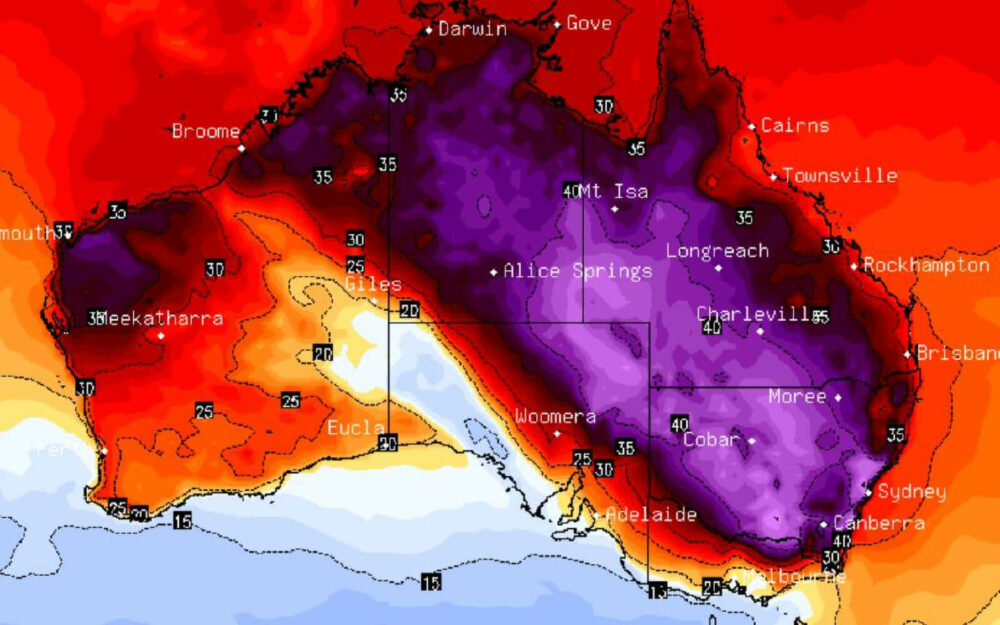
“Oh–this is so pretty,” tweets Doug Ellison about a gem of a lunar lander image he’s cleaned up from a data dump of photography from China’s recent Chang’e 4 robotic mission to the moon. Not getting enough space imagery at his day job, the Curiosity Mars Rover Engineering Camera Team Lead is currently live tweeting a thread of his work processing and denoising selections from the cache.
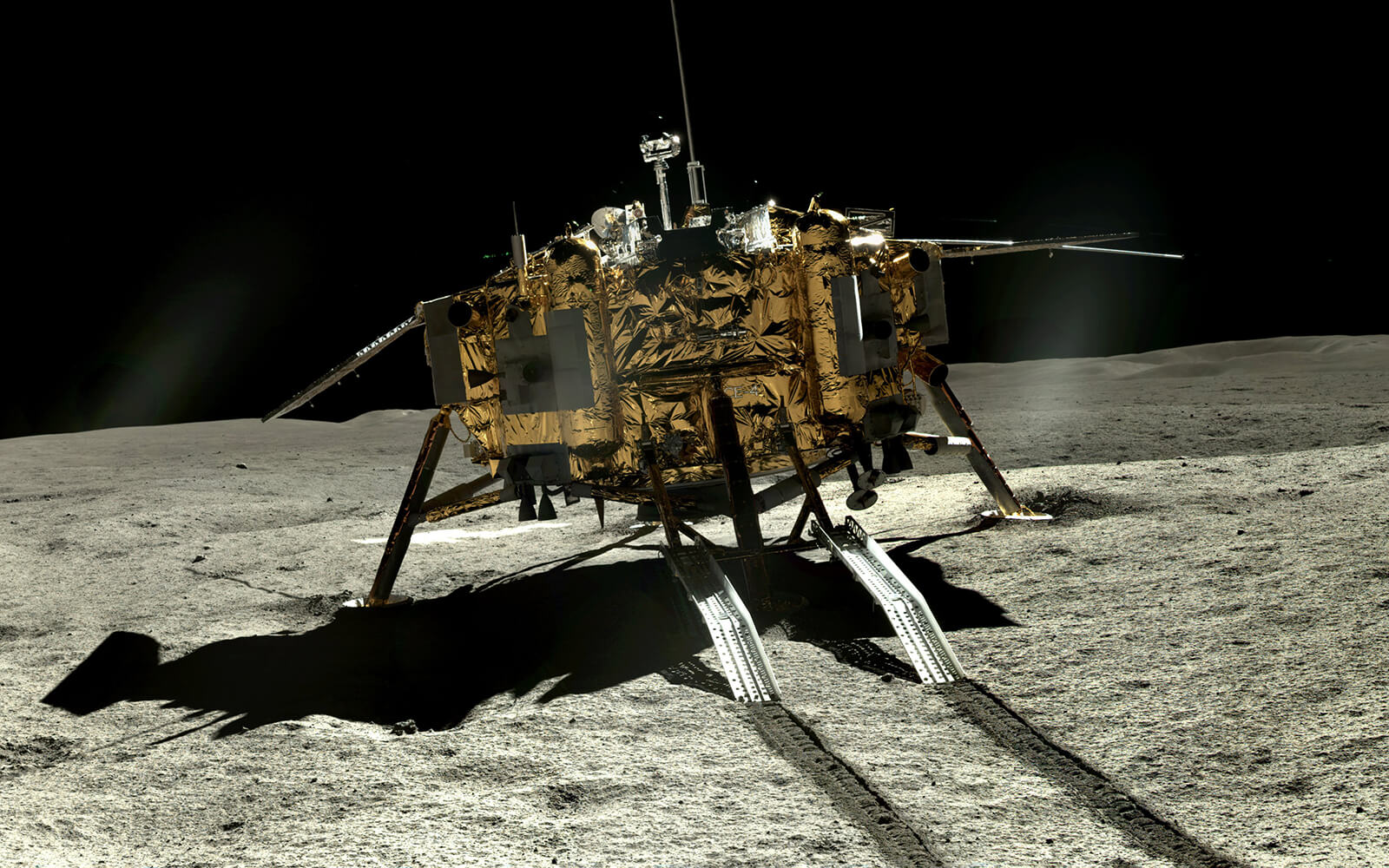
Patrick Fry
Print Punch
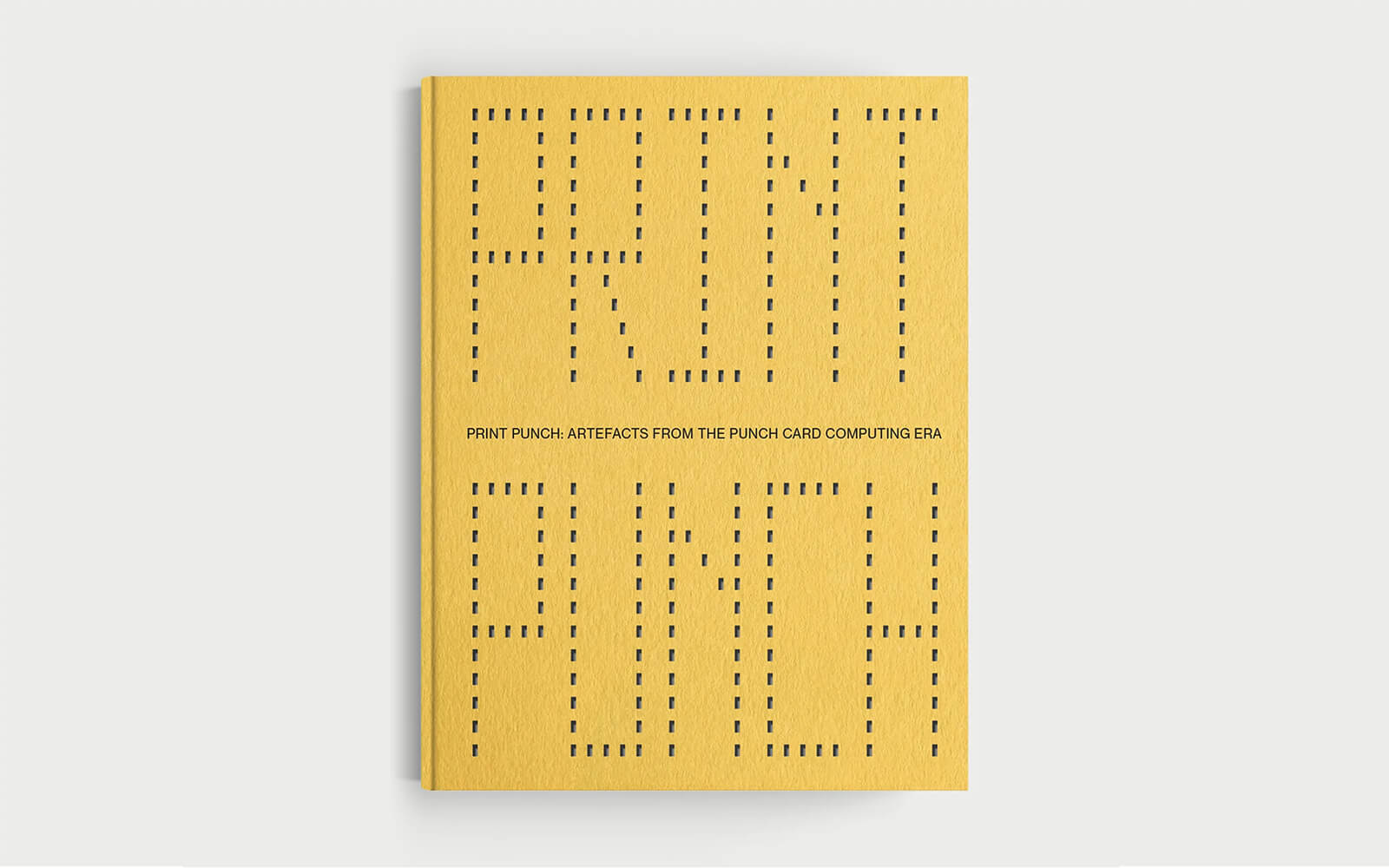
Daily discoveries at the nexus of art, science, technology, and culture: Get full access by becoming a HOLO Reader!
- Perspective: research, long-form analysis, and critical commentary
- Encounters: in-depth artist profiles and studio visits of pioneers and key innovators
- Stream: a timeline and news archive with 1,200+ entries and counting
- Edition: HOLO’s annual collector’s edition that captures the calendar year in print
